Rimowa’s ‘Hammerschlag’ design is inspired by a Nils Frahm piano piece
Rimowa and Nils Frahm hammer down on expressive techniques to create the ‘Hammerschlag’ carry case and cabin bag
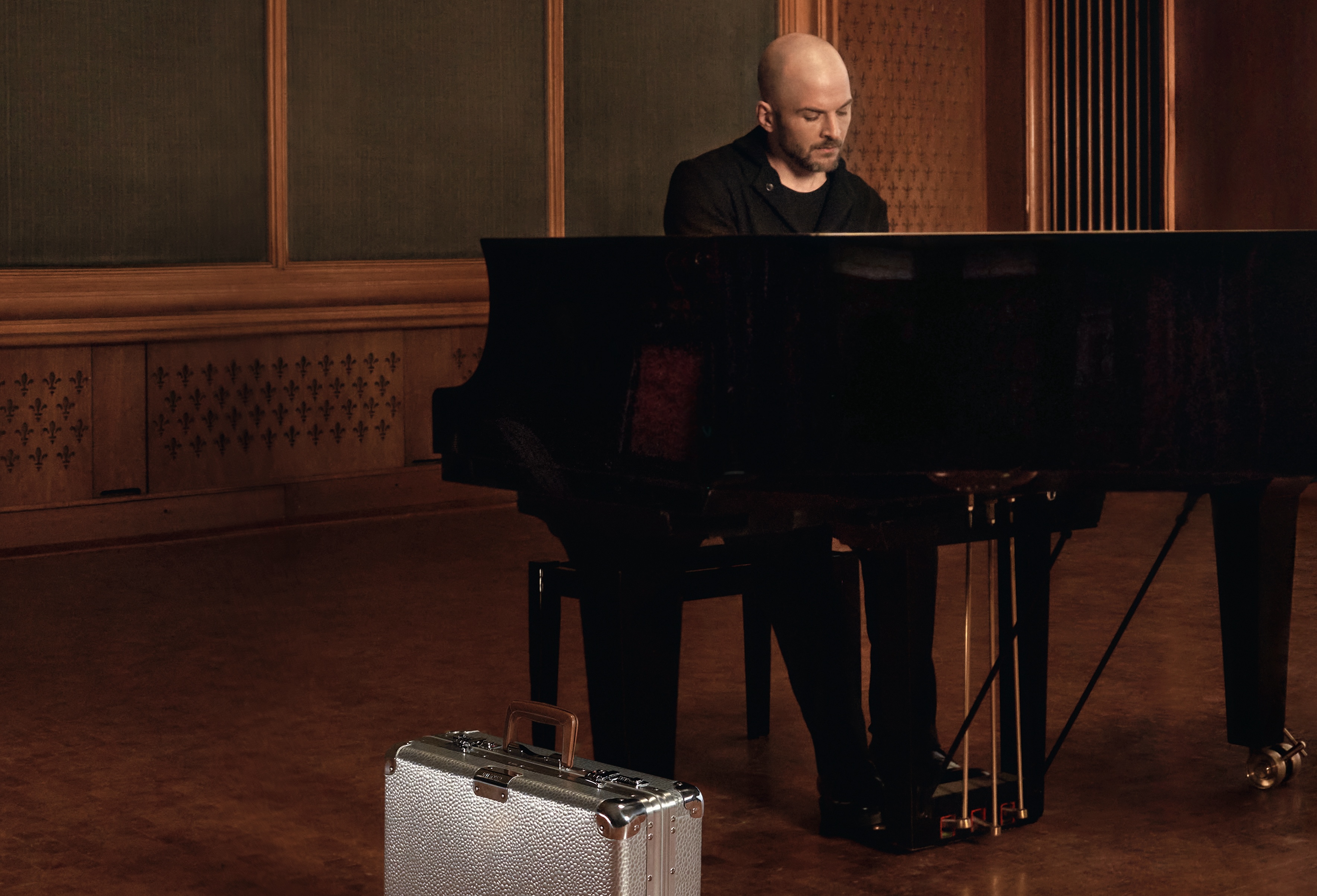
Rimowa’s design philosophy is a tidy conflux of opposites: light and easy, durable and tough. So, its current association with musician Nils Frahm makes sense. For a start, those properties are easily translated as a musical instruction, leggiero (light), commodo (easy), forte (hard), while the Hamburg-born composer, producer and pianist is an all-round musical experimentalist who thrives on artistic contradictions.
For Rimowa, meanwhile – known not only for 125 years of luggage designs but also its creative collaborations with the likes of Daniel Arsham, Palace, and Tiffany & Co – views its designs as ‘visionary tools of movement’, a philosophy you might also apply to any musical instrument, from the voice to the violin and the pianoforte.
Rimowa x Nils Frahm: ‘Hammerschlag‘ up close

The limited-edition ‘Hammerschlag’ carry case, £1,770, and cabin bag, £2,130, from rimowa.com
But for the launch of its new ‘Hammerschlag’ luggage designs, namely a carry-on and a cabin case, Cologne-born maison Rimowa is specifically focusing on the connection between the texture of hammered aluminium and Frahm, in Berlin, striking the piano, during a performance of his hypnotic ‘Hammers’. Of course, the piano is a percussion instrument that relies on internal hammers to strike each string when a key is pressed, so there’s technological harmony in the mix, too.
Musicality aside, the new designs are gorgeously tactile and luxurious, and that Rimowa is reaffirming its standing as a high-craft luggage house among its myriad copyists is a welcome move.
Ribbed polycarbonate-style designs are so ubiquitous these days as to slightly obscure the fact that Rimowa innovated the original design. So, whoever it was at brand HQ who suggested going back to its archive, and revisiting the original 1966 ‘Hammerschlag’ deserves a bonus. For there is another haute craft reflected here – the centuries-old Florentine jewellers' hammered-gold method.
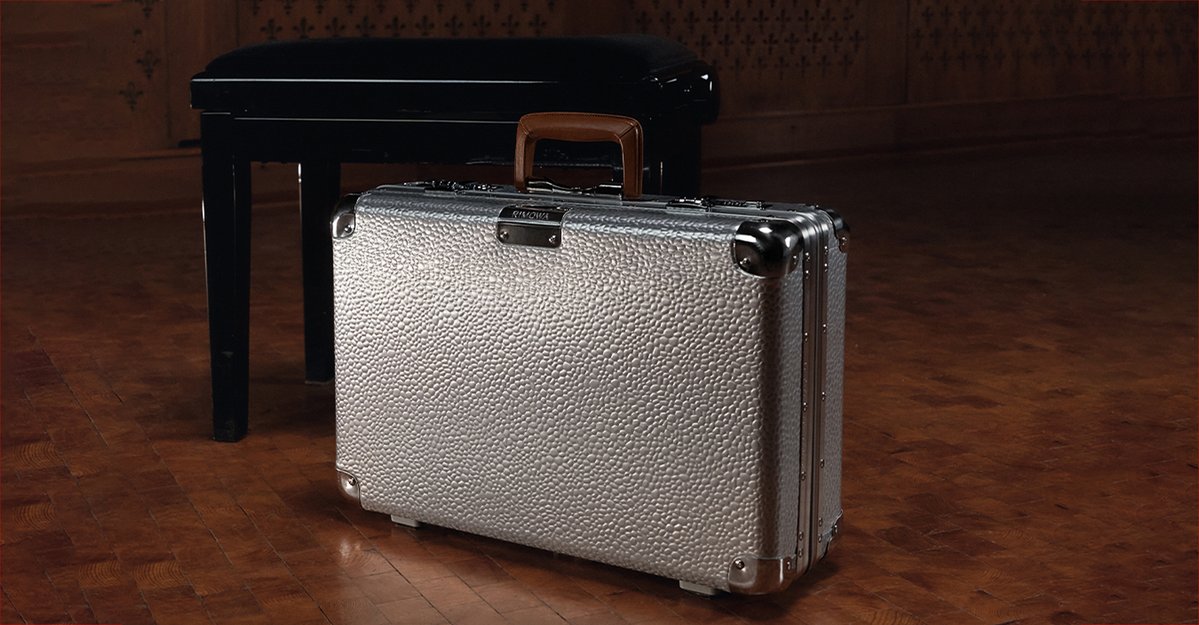
Rimowa's hammered aluminium ‘Hammerschlag’ carry case, £1,770, from rimowa.com
Subtly hammering the metal creates a moon-like surface, the craters capturing the light so that it moves around and then refracts. Most recently, Swiss watch marque Audemars Piguet worked with Florentine jeweller Carolina Bucci to create a Royal Oak watch defined by its shimmering, hammered gold sheen. With the Rimowa ‘Hammerschlag’ designs, we see the texture in relief, like little moonstones, so that the light is pushed up, over the curves.
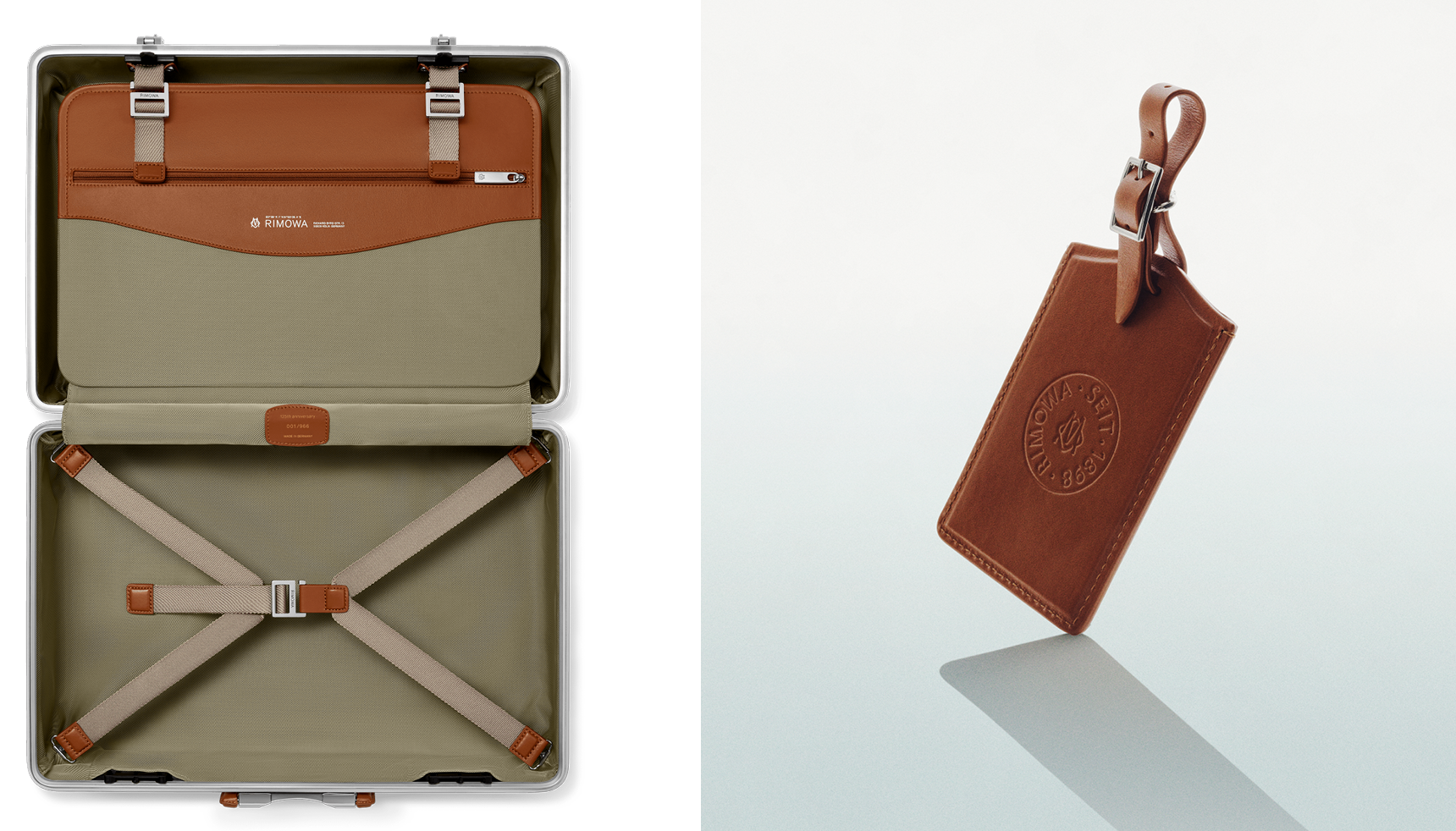
Interior of the ‘Hammerschlag’ carry-on and new luggage tag
The cognac-leather handles and luggage tag also single out the 2024 Rimowa the case’s luxuriously sleek, mid-century look. And, in case you’re planning a quick trip to Italy with your new carry-on, you might wish to broaden your local lexicon should a curious tourist wish to know more about your limited-edition ‘Hammerschlag’. The musical direction for 'with a hammering touch' is martello. How you express it, however, is entirely up to you.
Hammerschlag cabin bag, £2,130, and Carry Case, £1,770, at Rimowa stores worldwide and rimowa.com
Receive our daily digest of inspiration, escapism and design stories from around the world direct to your inbox.
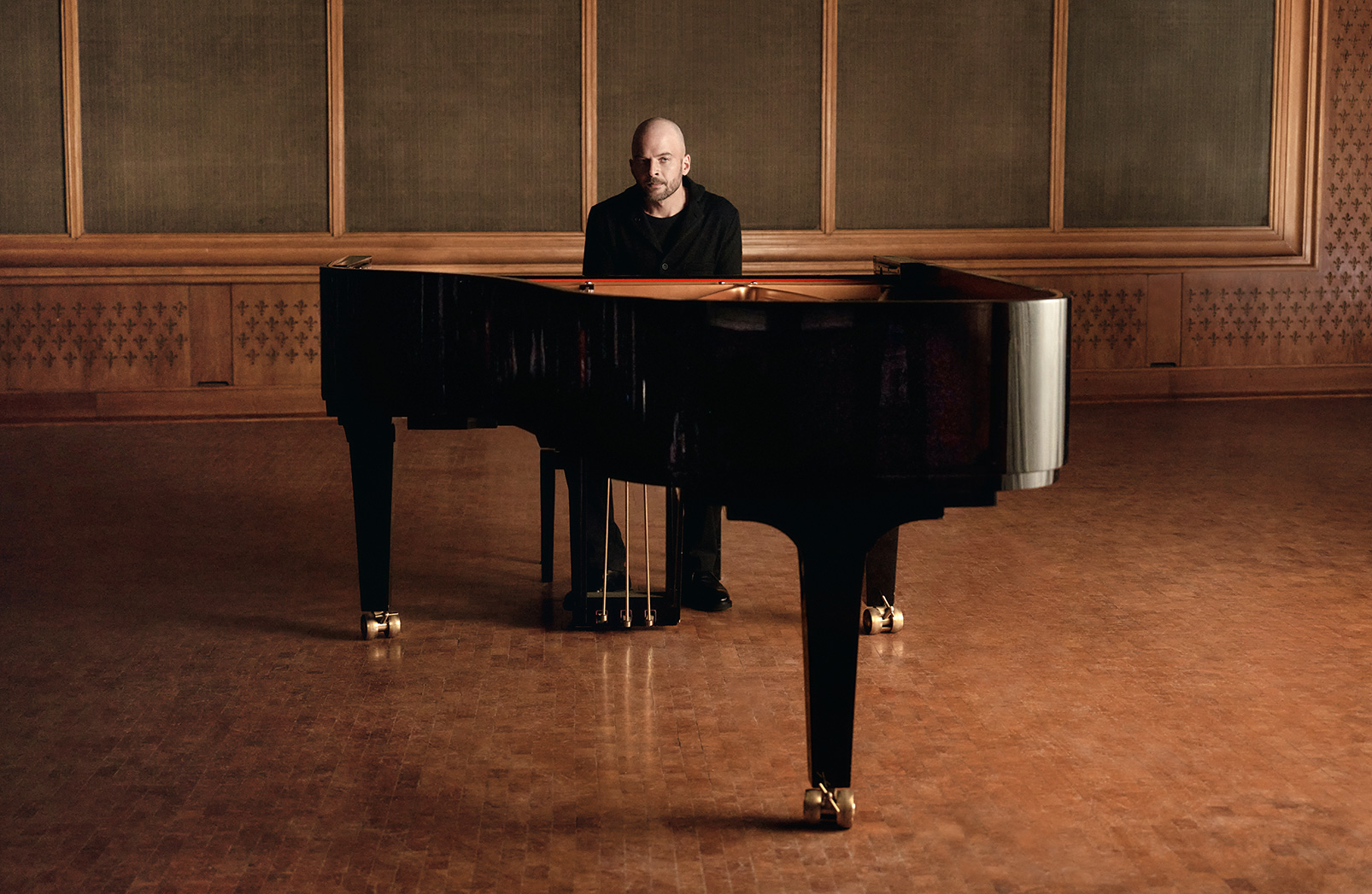
Caragh McKay is a contributing editor at Wallpaper* and was watches & jewellery director at the magazine between 2011 and 2019. Caragh’s current remit is cross-cultural and her recent stories include the curious tale of how Muhammad Ali met his poetic match in Robert Burns and how a Martin Scorsese Martin film revived a forgotten Osage art.
-
 Holland & Holland's Range Rover is outstanding in its field: shoot the breeze in style
Holland & Holland's Range Rover is outstanding in its field: shoot the breeze in styleCan you spare half a million pounds for a glorified four-wheeled gun cabinet? If so, the Range Rover Holland & Holland Edition by Overfinch might be the perfect fit
-
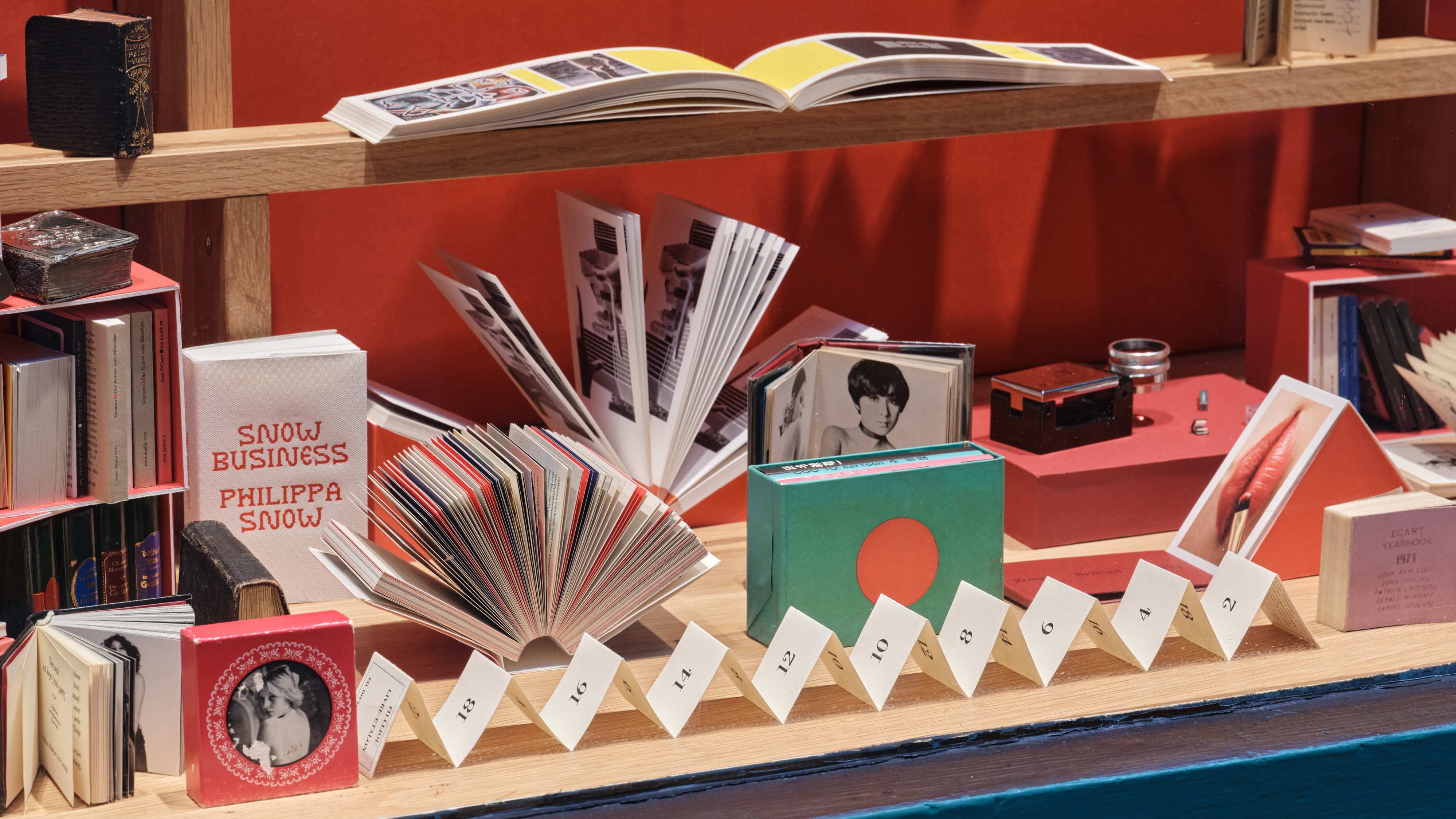 Veronica Ditting’s collection of tiny tomes is a big draw at London's Tenderbooks
Veronica Ditting’s collection of tiny tomes is a big draw at London's TenderbooksAt London bookshop Tenderbooks, 'Small Print' is an exhibition by creative director Veronica Ditting that explores and celebrates the appeal of books that fit in the palm of your hand
-
 How Beirut's emerging designers tell a story of resilience in creativity
How Beirut's emerging designers tell a story of resilience in creativityThe second in our Design Cities series, Beirut is a model of resourcefulness and adaptability: we look at how the layered history of the city is reflected in its designers' output
-
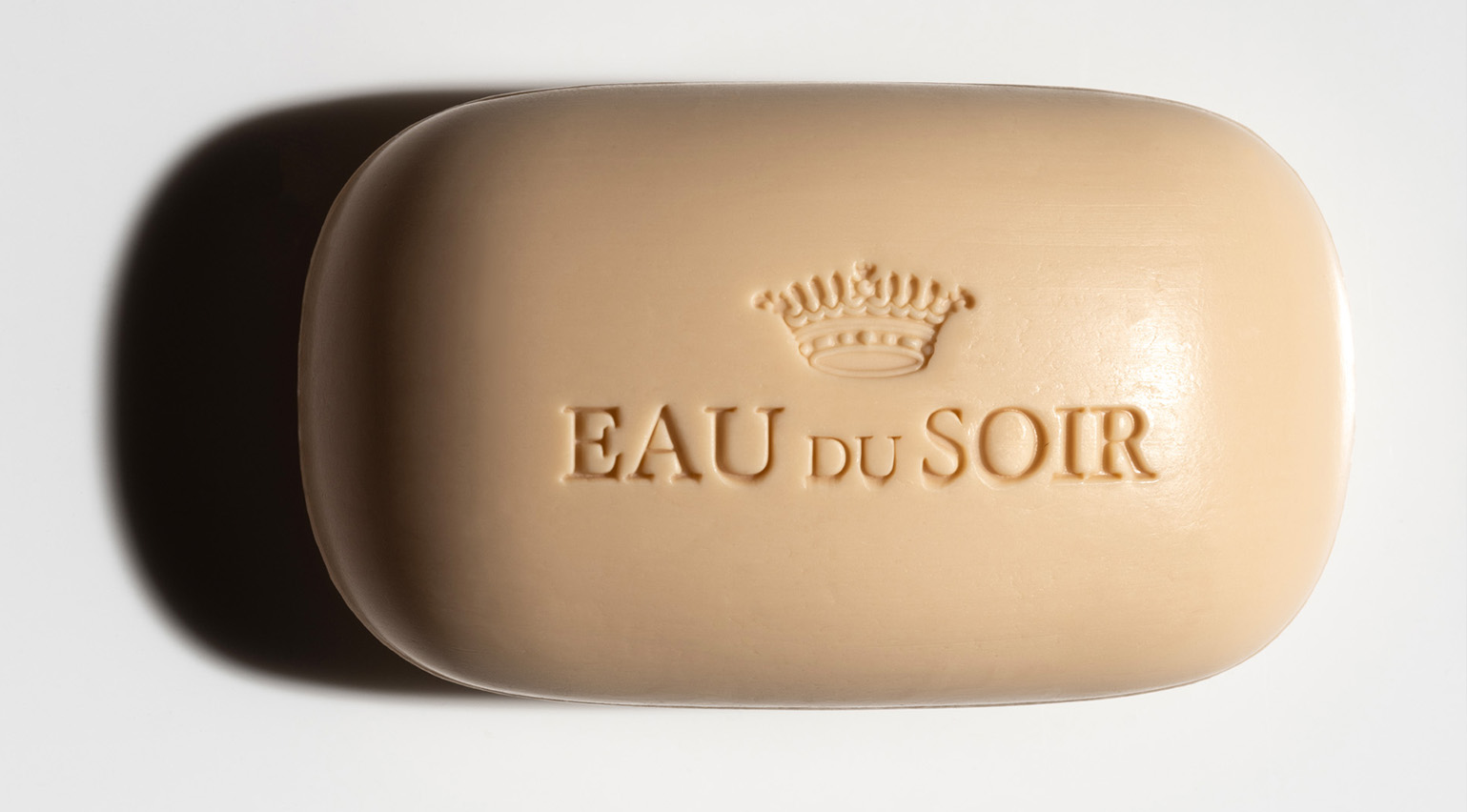 Unboxing beauty products from 2024, as seen on the pages of Wallpaper*
Unboxing beauty products from 2024, as seen on the pages of Wallpaper*Wallpaper's 2024 beauty picks included Chanel lipstick, Bottega Veneta perfume and solid soap from the likes of Aesop, Celine, Diptyque, Hermès and Sisley
-
 Rimowa’s new Original Bag is a downsized delight
Rimowa’s new Original Bag is a downsized delightFor the earthbound or the airborne, this small and versatile bag packs a punch
-
 Rimowa’s vanity case provides safety and luxury for travelling with beauty products
Rimowa’s vanity case provides safety and luxury for travelling with beauty productsRimowa’s vanity case is the ideal travel companion for the beauty obsessive, with a reimagined robust design from the 1970s
-
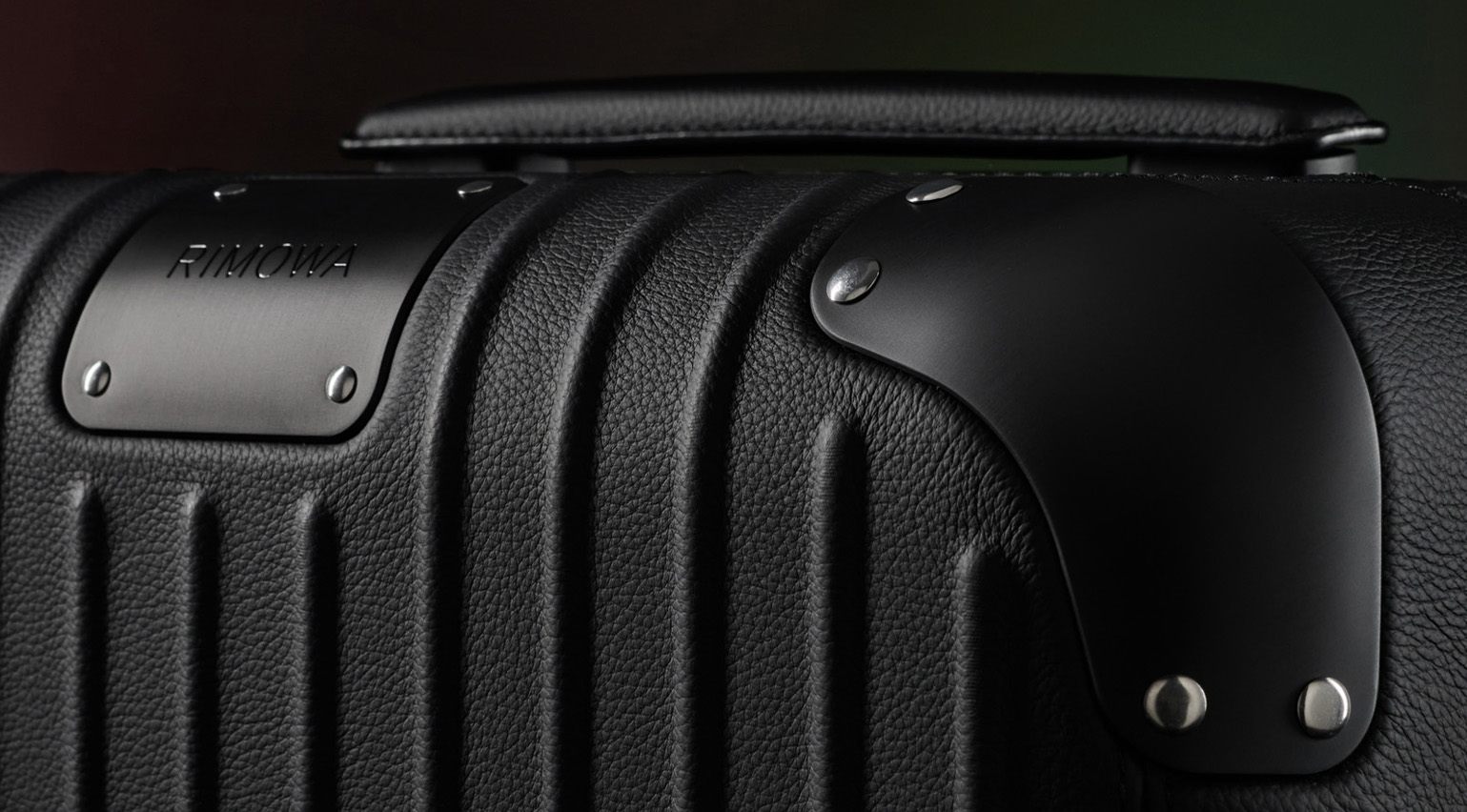 Rimowa returns to its roots with its new leather-clad carry on
Rimowa returns to its roots with its new leather-clad carry onRimowa’s ‘Distinct’ carry-on sees the German luggage brand’s unique ridged suitcase clad entirely in leather – a fabric Rimowa hasn’t used in this way for over a century
-
 Inside the travelling exhibition celebrating 125 years of luggage brand Rimowa
Inside the travelling exhibition celebrating 125 years of luggage brand RimowaFrom celebrity suitcases to rare special editions, Rimowa’s ‘Seit 1898’ exhibition catalogues over a century of the German luggage brand, making stops in Tokyo, New York, Shanghai and Cologne
-
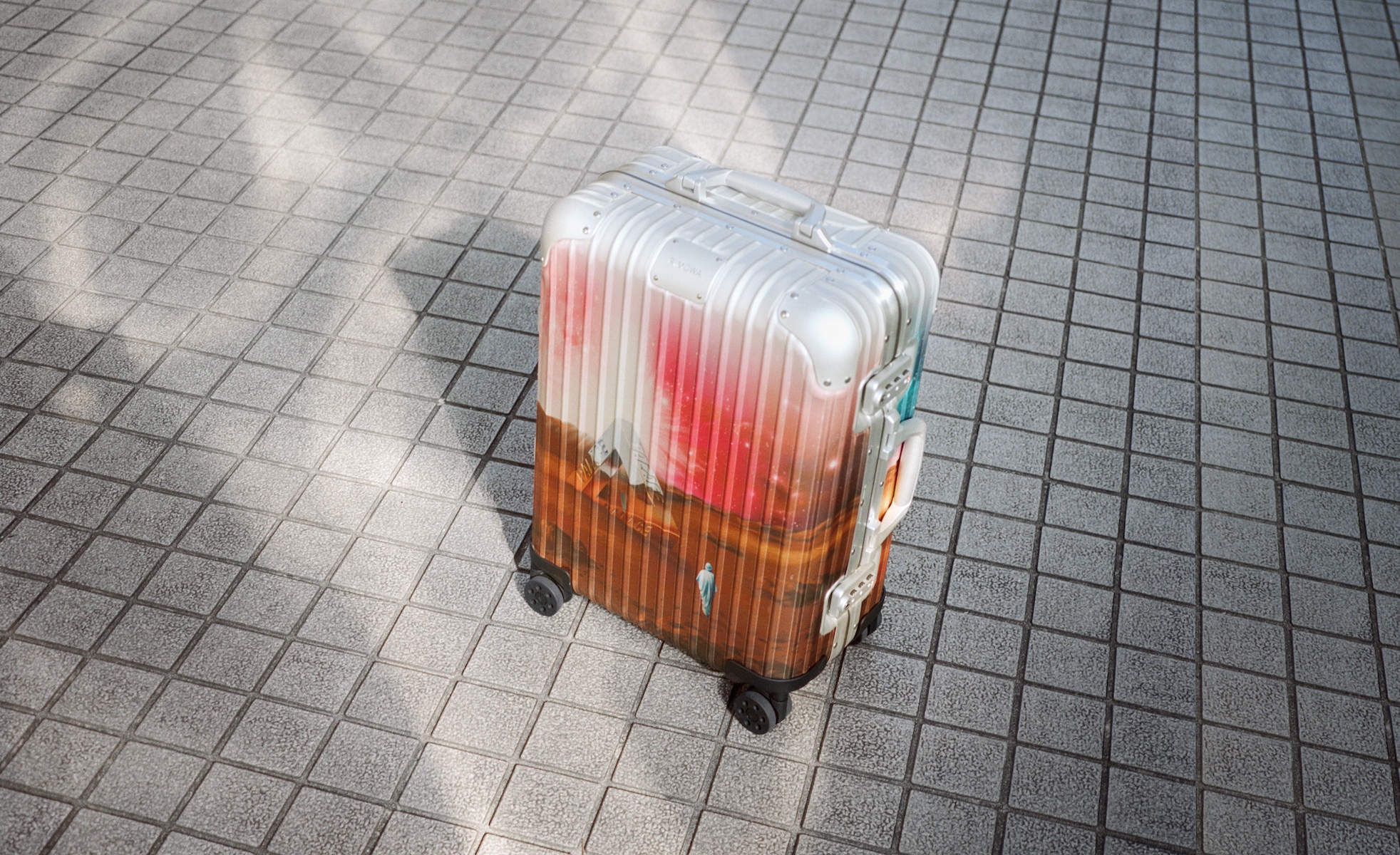 First look at Rimowa’s new collaboration with cult skate brand Palace
First look at Rimowa’s new collaboration with cult skate brand PalacePalace Rimowa sees the luggage brand’s signature aluminium cabin suitcase emblazoned with an airbrushed motif, alongside a custom skate deck and set of stickers
-
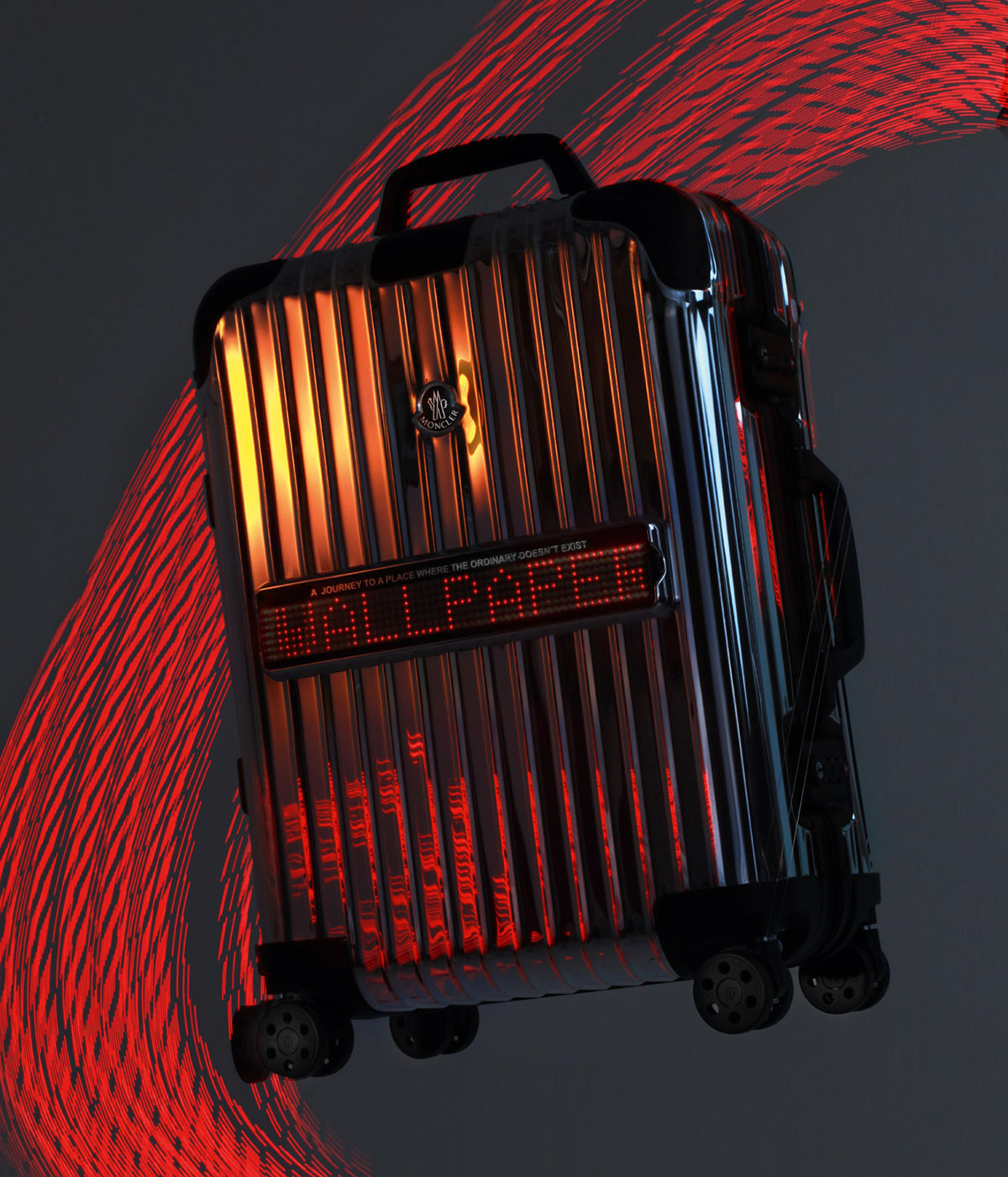 Travel light with Moncler and Rimowa’s LED screen-emblazoned luggage
Travel light with Moncler and Rimowa’s LED screen-emblazoned luggageMoncler and Rimowa present the ‘Reflection’ suitcase design – complete with programmable LED screen – as part of the Moncler Genius design roster
-
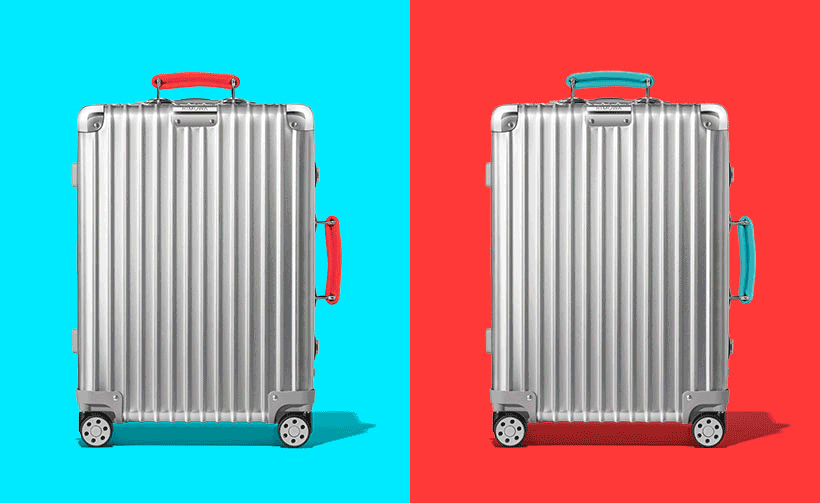 On the case: Rimowa launches luggage customisation service
On the case: Rimowa launches luggage customisation service